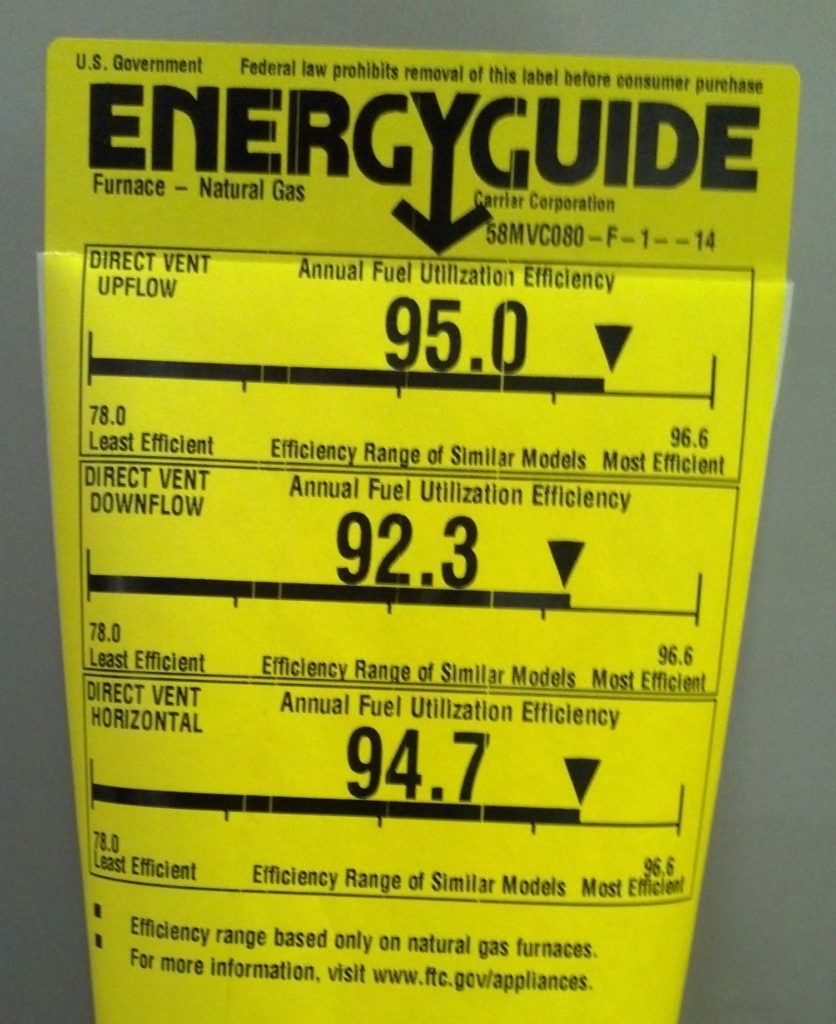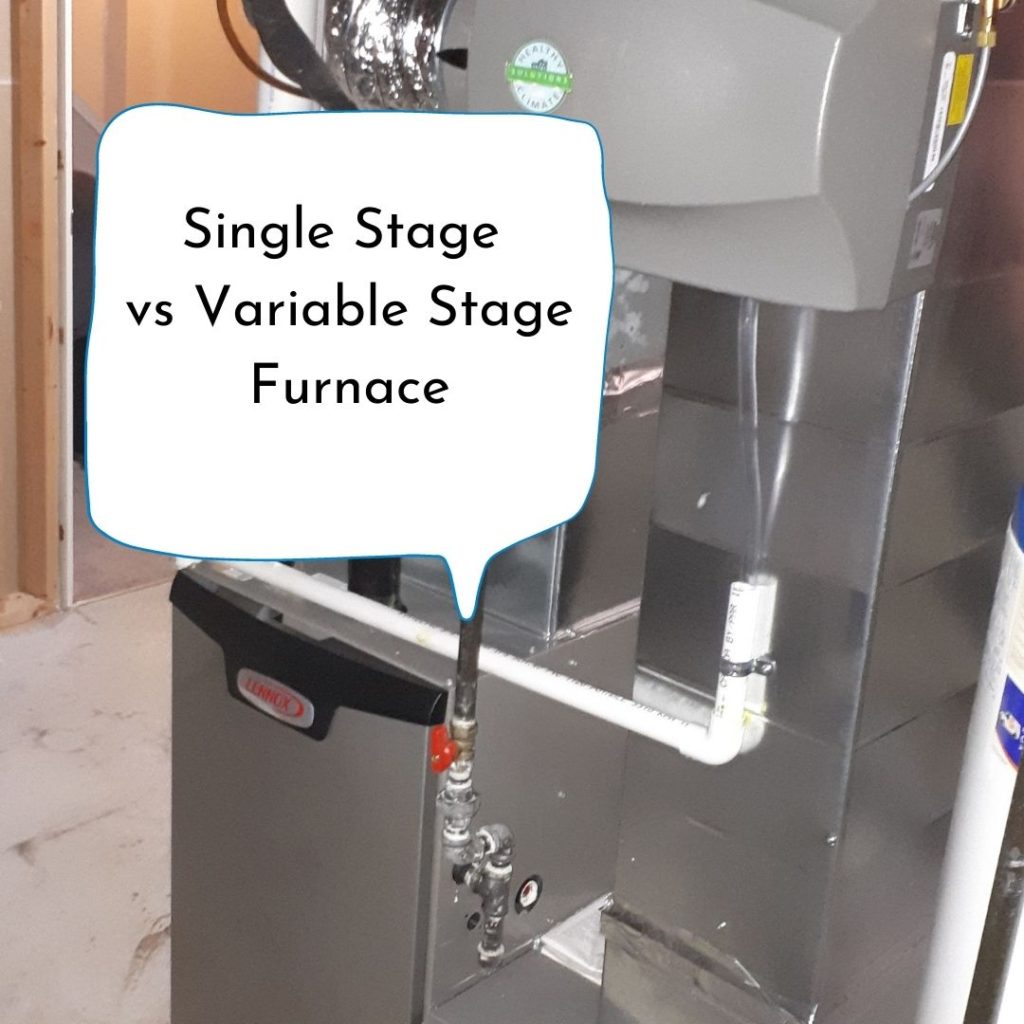The furnace is one of the most important mechanical systems in the house, it’s responsible for maintaining a comfortable temperature, primarily in
the winter months. The choice of a furnace must be approached very seriously and responsibly.
It is better to entrust this work to licensed professionals, they will have to
calculate the total volume of all rooms, the height of the ceilings, the thickness of external walls and window frames, the quality of insulation, etc. Money aside, today’s furnaces pollute less and boost comfort by producing heat more steadily than older furnaces. Gas is the most common heating fuel and this report focuses on gas furnaces.
Start with the right contractor
Replacing the heating, ventilation, and air conditioning system in your home is a serious undertaking that requires special knowledge.
The Vese Heating & Cooling is qualified licensed and insured. We can help you make the best buying decision for your home and your needs. In addition, we are and registered with the TSSA.
We will evaluate the design and layout of your home, and calculate the heat loss when presenting you with the options. Also, we assess your home ductwork if there are enough air ducts for the airflow needs of your new equipment.
Size is Important
The furnace specifications should match your needs. A furnace that is too small will not provide comfort in your home in very cold weather.
Partly to avoid this possibility, the furnaces in most homes are larger than necessary. The initial cost is just one of the drawbacks of this strategy. An oversized furnace can also be problematic as it generates too much heat too quickly, resulting in “short cycles”. This increases component wear wastes energy and can cause uncomfortable temperature fluctuations. Therefore, correct sizing is extremely important in order for your HVAC system to work correctly.

Efficiency Matters Too
Gas is currently the most common heating fuel and most new central heating systems use gas. How efficiently a furnace converts gas to thermal energy is reflected in its annual fuel efficiency rating (AFUE), which is measured as a percentage. The higher the number, the more heat the furnace can squeeze out of each gas term. Since efficient furnaces produce fewer emissions, environmental considerations can also influence your decision.
Over the years, furnaces have become more energy efficient. A gas furnace made in the early 1970s typically has an AFUE of around 65 percent. In Canada, the minimum efficiency rating that any new furnace can have is 92% AFUE, as mandated by the federal government.

Single-Stage
Single-stage furnaces have a single power mode, this means that whenever the furnace is on, it runs at full capacity. A single-stage stove is usually sufficient to heat a small to a medium-sized one-story house.
However, the single power mode can be problematic when it comes to heating a large or multi-story home. Because the furnace will run at full power whenever it is on, the areas near the vents will warm up quickly. While the rest of your home’s temperature plays could not have a proper temperature, your thermostat might not work as suppose and shut the furnace off prematurely. This results in warm and cold spots around your home.
Two-Stage
To address the inefficiency with traditional burners, two-stage burners were introduced. A furnace using a two-stage burner has a total of three operating modes, off, low-fire, and high-fire.
High-fire is exactly what it sounds like and in this mode, identical to the single-stage furnace, producing its full rated capacity.
Low-fire is an intermediate step that allows the furnace to operate at some factory set level less than the maximum capacity. This level is typically 40%-60% of the rated capacity and will allow the furnace to better match a home’s heating requirements in mild weather. This leads to a more comfortable home, and a lower utility bill.
What is Modulating Furnace?
A modulating furnace is a furnace that slowly ramps up and down in response to changes in the room’s temperature.
With a modulating furnace, the flame increases or decreases in smaller, finer increments, so that room temperature never varies more than a few degrees from the thermostat’s target temperature.
Using a vehicle analogy, the modulating furnace would be closest to the way that a car drives—able to range from a full stop to maximum speed, but with innumerable cruising speeds between the two.
How much does the furnace cost?
The average cost of a new high-efficiency natural gas furnace ranges from $ 3,500 to $ 6,500. This price includes standard installation, at least one year warranty, and all required permits for installation. While some HVAC providers can install the furnace at a lower cost, there is a higher likelihood that compromises are made in terms of components, workmanship, warranty coverage, and post-installation support. It is also possible that the supplier does not have the necessary insurance, licenses, and certifications.
In Conclusion
In Edmonton Canada, we know the importance of making sure your home is ready for the extreme cold, snow, and ice our winters can bring.
Staying comfortable during the cold months starts with having the right heating equipment for your home that runs reliably and efficiently all season long. Whether you are considering upgrading your heating equipment, need a repair, or are looking for ways to help save on energy this winter, contact Vese Heating & Cooling to get the level of service you deserve. Call us at (825)343-6222 today to schedule an appointment with our friendly experts.

